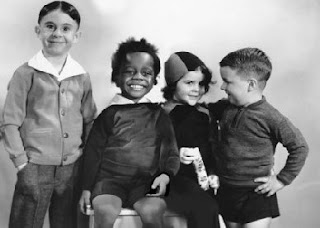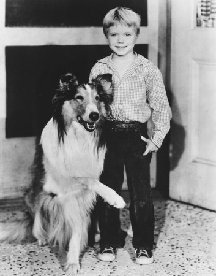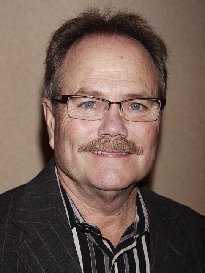Cattle (Bos taurus) are large, domesticated, bovid ungulates widely kept as livestock. They are prominent modern members of the subfamily Bovinae and the most widespread species of the genus Bos. Mature female cattle are called cows and mature male cattle are bulls. Young female cattle (heifers), young male cattle (oxen or bullocks), and castrated male cattle (steers) are all colloquially called "cows".
Cattle are commonly raised for meat, for dairy products, and for leather. As draft animals, they pull carts and farm implements. In India, cattle are sacred animals. Small breeds such as the miniature Zebu are kept as pets.
Taurine cattle are widely distributed across Europe and temperate areas of Asia, the Americas, and Australia. Zebus are found mainly in India and tropical areas of Asia, America, and Australia. Sanga cattle are found primarily in sub-Saharan Africa. These types, sometimes classified as separate species or subspecies, are further divided into over 1,000 recognized breeds.
Around 10,500 years ago, taurine cattle were domesticated from wild aurochs progenitors in central Anatolia, the Levant and Western Iran. A separate domestication event occurred in the Indian subcontinent, which gave rise to zebu. There were over 940 million cattle in the world in 2022. Cattle are responsible for around 10% of global greenhouse gas emissions. Cattle were one of the first domesticated animals to have a fully-mapped genome.
Etymology
The term Cattle was borrowed from Anglo-Norman catel, itself from medieval Latin capitale 'principal sum of money, capital', itself derived in turn from Latin caput 'head'. Cattle originally meant movable personal property, especially livestock of any kind, as opposed to real property (the land, which also included wild or small free-roaming animals such as chickens—they were sold as part of the land). The word is a variant of chattel (a unit of personal property) and closely related to capital in the economic sense. The word cow came via Anglo-Saxon cū (plural cȳ), from Common Indo-European gʷōus (genitive gʷowés) 'a bovine animal', cf. Persian: gâv, Sanskrit: go-, Welsh: buwch. In older English sources such as the King James Version of the Bible, cattle means livestock, as opposed to deer which are wild.
Cattle are large artiodactyls, mammals with cloven hooves, kept on farms to produce meat, milk, and leather, and sometimes to pull carts or farm implements. Bulls are larger than cows of the same breed by up to a few hundred kilograms. British Hereford cows, for example, weigh 1,300–1,800 lb, while the bulls weigh 2,200–2,600 lb. Before 1790, beef cattle averaged only 350 lb net. Thereafter, weights climbed steadily. The natural life of domestic cattle is some 25–30 years. Beef cattle go to slaughter at around 18 months, and dairy cows at about five years.
Sleep
The average sleep time of a domestic cow is about 4 hours a day. Cattle do have a stay apparatus, but do not sleep standing up; they lie down to sleep deeply.
If you want to read a lot more, go here: https://en.wikipedia.org/wiki/Cattle
- MAKES
- 2 dozen
- COOK TIME
- 15 Min
Our recipe for Easy Corn Fritters is a take-off on a traditional American classic. We've made it as easy as possible 'cause after all, isn't that what we need these days?
- 1 3/4 cup all-purpose flour
- 2 teaspoons baking powder
- 1 teaspoon salt
- 1/2 teaspoon black pepper
- 2 eggs, beaten
- 1/4 cup salsa
- 1 (14-3/4-ounce) can cream-style corn
- 1 cup fresh or frozen corn (thawed if frozen)
- 1/4 cup vegetable oil, or more as needed
- In a large bowl, combine flour, baking powder, salt, and pepper. Add eggs and salsa; mix well. Stir in both corns.
- In a large skillet over medium heat, heat 1 tablespoon oil . Drop batter into hot skillet 1 tablespoonful at a time and cook 4 to 5 minutes, or until golden, turning fritters halfway through cooking. Remove to a covered platter.
- Add another tablespoon oil to skillet. When hot, repeat with remaining batter, adding more oil as needed, until all batter is used.
- Our Easy Corn Fritters can be served with an omelet instead of home fries, as an appetizer by themselves, or with warm salsa for dipping.

1933 – Barbara Feldon, American actress and model
1946 – Liza Minnelli, American singer and actress
- The organization’s original name was the Girl Guides of America
- By 1920 there were close to 70,000 members
- By 1930 there were over 200,000 members
- In 2005 there were over 3.7 million members
HOW TO OBSERVE
- Support your local troops.
- Learn more about the Girl Scout organization and its impact on girls and young women.
- Share your experience with girl scouting.
- Volunteer to be a leader.


_Oeschinensee_Slaunger_2009-07-07.jpg)










